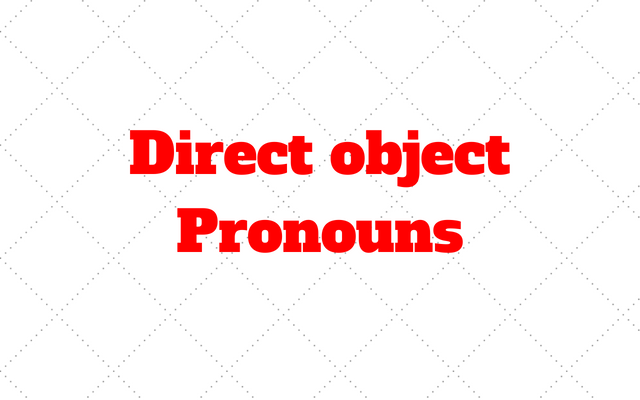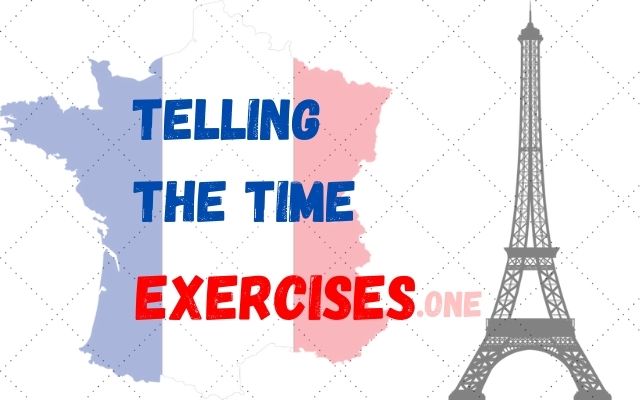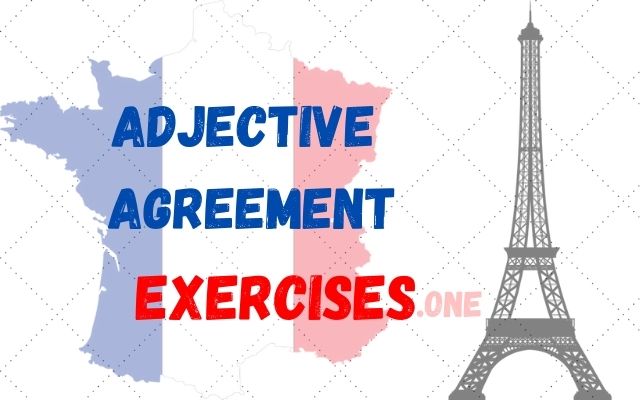
Know when to use a French Direct object Pronoun
(me, you, him, her, it, us, them) It replaces nouns and can be used to avoid repetitions.
J’aime ton livre. Je veux ton livre. I like your book. I want your book.
J’aime ton livre. Je le veux. I like your book. I want it.
Word order
In French, the direct object pronoun is placed before the verb.
Je le prends.
I take it.
Elle me surprend toujours.
She always surprises me.
Ils nous écoutent.
He listens to us.
Let’s take a closer look…
me: me (this one is easy to remember!)
Il me parle.
He talks to me.
te: you (informal, singular)
Elle te voit.
She sees you.
le: him or it
Elle le mange.
She eats it.
Ils le voient tous les samedis.
They see him every Saturday.
la: her or it
Je la comprends.
I understand her.
nous: us
Ils nous attendent.
The are waiting for us.
vous: you (formal singular, informal plural)
Elles vous croient.
They believe you.
les: them
Je les mets dans la cuisine.
I put them in the kitchen.
Before a vowel
In French, it is rare to have 2 vowels following each other. If the last letter of the direct object pronoun is a vowel, replace the last vowel with an apostrophe.
Je l’aime. I love him.
On l’écoute. We listen to her.
More examples…
Elle nous questionne.
She asks us questions.
Nous te comprenons.
We understand you.
Tu l’envies.
You envy her.
Vous l’achetez.
You buy it.
Ils vous aiment.
They like you.
In a nutshell…
| English | French | in front of a vowel |
| me | me | m’ |
| you
(singular) |
te | t’ |
| him/it | le | l’ |
| her/it | la | l’ |
| us | nous | nous |
| you
(formal, plural) |
vous | vous |
| them | les | les |






